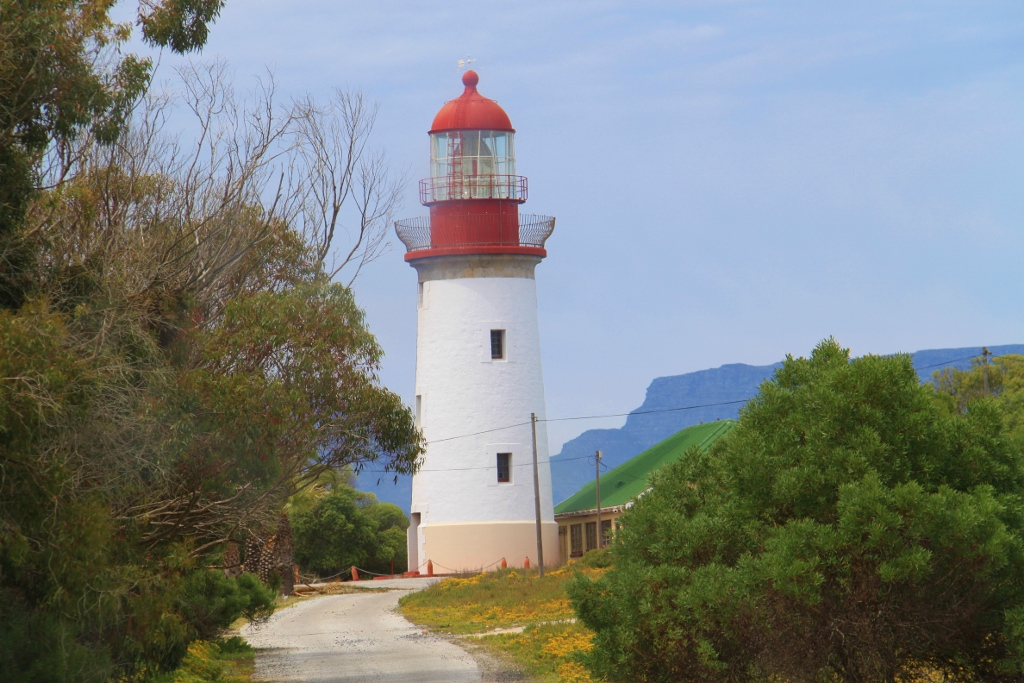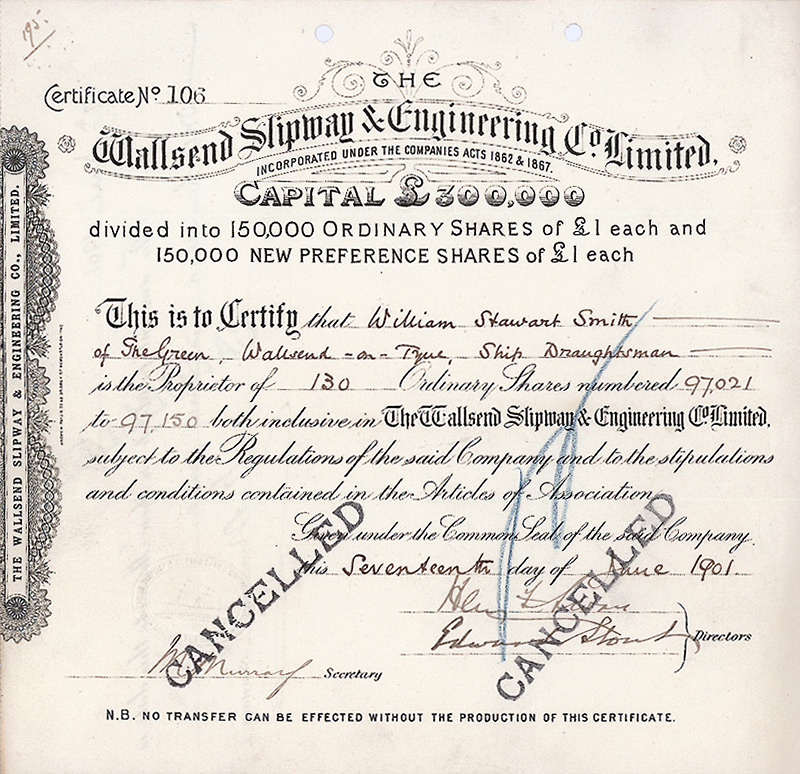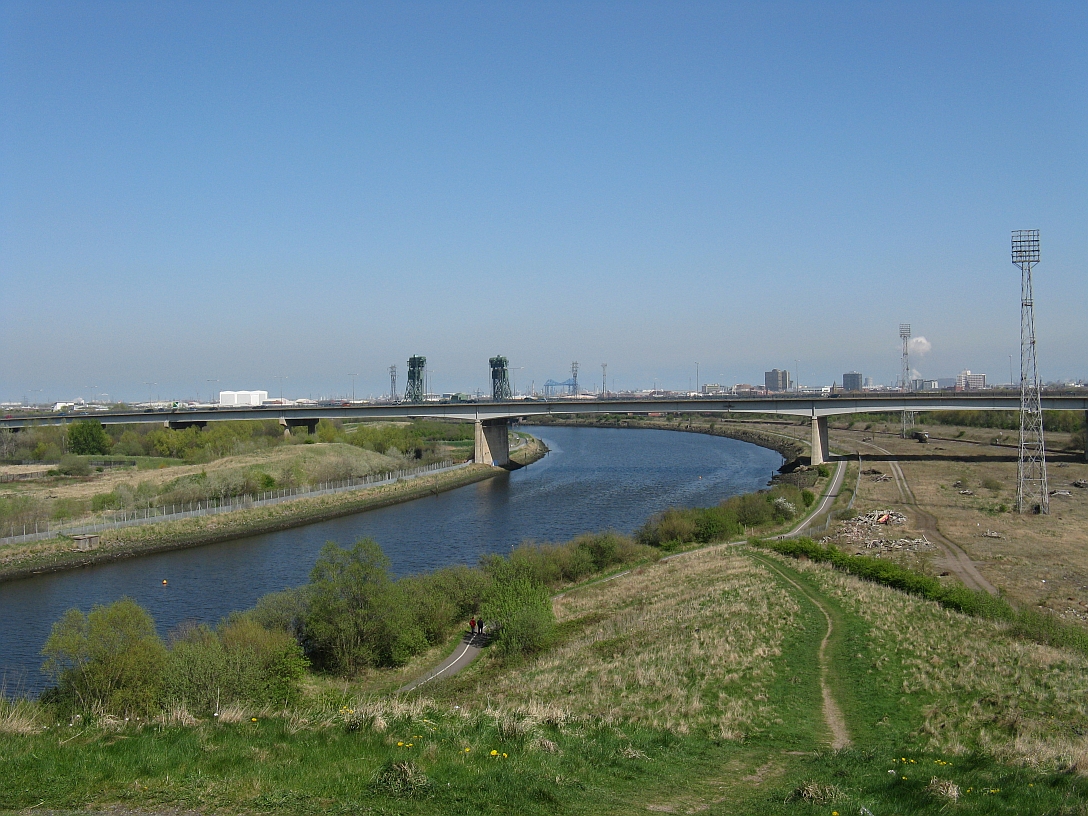|
Carlos De Eizaguirre
SS ''Carlos de Eizaguirre'' was a steam passenger and cargo liner of the Compañía Transatlántica Española (CTE). She was launched in 1903 in England as ''Léopoldville'' for the Compagnie Maritime Belge du Congo (CMBC), sold in 1908 to the African Steamship Company, which renamed her ''Landana'', and sold in 1910 to CTE who renamed her ''Carlos de Eizaguirre'' after one of its former directors. On 26 May 1917 a mine sank ''Carlos de Eizaguirre'' off the coast of South Africa, causing the deaths of 134 people. There were only 25 survivors. The UK Admiralty admitted mining the area but the United Kingdom denied responsibility and rejected a Spanish claim for liability. Building Sir Raylton Dixon and Company built ''Léopoldville'' at the Cleveland Dockyard in Middlesbrough on the River Tees, launching her on 5 December 1903 and completing her in 1904. She had a pair of three-cylinder triple-expansion engines, built by the Wallsend Slipway & Engineering Company, which drov ... [...More Info...] [...Related Items...] OR: [Wikipedia] [Google] [Baidu] |
Kinshasa
Kinshasa (; ; ln, Kinsásá), formerly Léopoldville ( nl, Leopoldstad), is the capital and largest city of the Democratic Republic of the Congo. Once a site of fishing and trading villages situated along the Congo River, Kinshasa is now one of the world's fastest growing megacities. The city of Kinshasa is also one of the DRC's 26 provinces. Because the administrative boundaries of the city-province cover a vast area, over 90 percent of the city-province's land is rural in nature, and the urban area occupies a small but expanding section on the western side. Kinshasa is Africa's third-largest metropolitan area after Cairo and Lagos. It is also the world's largest nominally Francophone urban area, with French being the language of government, education, media, public services and high-end commerce in the city, while Lingala is used as a ''lingua franca'' in the street. Kinshasa hosted the 14th Francophonie Summit in October 2012. Residents of Kinshasa are known as ''Kinoi ... [...More Info...] [...Related Items...] OR: [Wikipedia] [Google] [Baidu] |
Union Of South Africa
The Union of South Africa ( nl, Unie van Zuid-Afrika; af, Unie van Suid-Afrika; ) was the historical predecessor to the present-day Republic of South Africa. It came into existence on 31 May 1910 with the unification of the Cape, Natal, Transvaal, and Orange River colonies. It included the territories that were formerly a part of the South African Republic and the Orange Free State. Following World War I, the Union of South Africa was a signatory of the Treaty of Versailles and became one of the founding members of the League of Nations. It was conferred the administration of South West Africa (now known as Namibia) as a League of Nations mandate. It became treated in most respects as another province of the Union, but it never was formally annexed. Like Canada, Australia and New Zealand, the Union of South Africa was a self-governing dominion of the British Empire. Its full sovereignty was confirmed with the Balfour Declaration of 1926 and the Statute of Westminster 1931. ... [...More Info...] [...Related Items...] OR: [Wikipedia] [Google] [Baidu] |
Cádiz
Cádiz (, , ) is a city and port in southwestern Spain. It is the capital of the Province of Cádiz, one of eight that make up the autonomous community of Andalusia. Cádiz, one of the oldest continuously inhabited cities in Western Europe, was founded by the Phoenicians.Strabo, '' Geographica'' 3.5.5 In the 18th century, the Port in the Bay of Cádiz consolidated as the main harbor of mainland Spain, enjoying the virtual monopoly of trade with the Americas until 1778. It is also the site of the University of Cádiz. Situated on a narrow slice of land surrounded by the sea‚ Cádiz is, in most respects, a typically Andalusian city with well-preserved historical landmarks. The older part of Cádiz, within the remnants of the city walls, is commonly referred to as the Old Town (Spanish: ''Casco Antiguo''). It is characterized by the antiquity of its various quarters (''barrios''), among them ''El Pópulo'', ''La Viña'', and ''Santa María'', which present a marked contr ... [...More Info...] [...Related Items...] OR: [Wikipedia] [Google] [Baidu] |
Sea Trial
A sea trial is the testing phase of a watercraft (including boats, ships, and submarines). It is also referred to as a " shakedown cruise" by many naval personnel. It is usually the last phase of construction and takes place on open water, and it can last from a few hours to many days. Sea trials are conducted to measure a vessel's performance and general seaworthiness. Testing of a vessel's speed, maneuverability, equipment and safety features are usually conducted. Usually in attendance are technical representatives from the builder (and from builders of major systems), governing and certification officials, and representatives of the owners. Successful sea trials subsequently lead to a vessel's certification for commissioning and acceptance by its owner. Although sea trials are commonly thought to be conducted only on new-built vessels (referred by shipbuilders as 'builders trials'), they are regularly conducted on commissioned vessels as well. In new vessels, they are used ... [...More Info...] [...Related Items...] OR: [Wikipedia] [Google] [Baidu] |
Portuguese Angola
Portuguese Angola refers to Angola during the historic period when it was a territory under Portuguese rule in southwestern Africa. In the same context, it was known until 1951 as Portuguese West Africa (officially the State of West Africa). Initially ruling along the coast and engaging in military conflicts with the Kingdom of Kongo, in the 18th century Portugal gradually managed to colonise the interior Highlands. However, full control of the entire territory was not achieved until the beginning of the 20th century, when agreements with other European powers during the Scramble for Africa fixed the colony's interior borders. On 11 June 1951, the status was upgraded to Overseas Province of Angola and finally in 1973, State of Angola. In 1975, Portuguese Angola became the independent People's Republic of Angola. History The history of Portuguese presence on the territory of contemporary Angola lasted from the arrival of the explorer Diogo Cão in 1484 until the decolonizatio ... [...More Info...] [...Related Items...] OR: [Wikipedia] [Google] [Baidu] |
Enclave And Exclave
An enclave is a territory (or a small territory apart of a larger one) that is entirely surrounded by the territory of one other state or entity. Enclaves may also exist within territorial waters. ''Enclave'' is sometimes used improperly to denote a territory that is only partly surrounded by another state. The Vatican City and San Marino, both enclaved by Italy, and Lesotho, enclaved by South Africa, are completely enclaved sovereign states. An exclave is a portion of a state or district geographically separated from the main part by surrounding alien territory (of one or more states or districts etc). Many exclaves are also enclaves, but not all: an exclave can be surrounded by the territory of more than one state. The Azerbaijani exclave of Nakhchivan is an example of an exclave that is not an enclave, as it borders Armenia, Turkey and Iran. Semi-enclaves and semi-exclaves are areas that, except for possessing an unsurrounded sea border (a coastline contiguous with internat ... [...More Info...] [...Related Items...] OR: [Wikipedia] [Google] [Baidu] |
Cabinda Province
Cabinda (formerly called Portuguese Congo, kg, Kabinda) is an exclave and province of Angola in Africa, a status that has been disputed by several political organizations in the territory. The capital city is also called Cabinda, known locally as ''Tchiowa'', ''Tsiowa'' or ''Kiowa''. The province is divided into four municipalities—Belize, Buco-Zau, Cabinda and Cacongo. Modern Cabinda is the result of a fusion of three kingdoms: N'Goyo, Loango and Kakongo. It has an area of and a population of 716,076 at the 2014 census; the latest official estimate (as at mid 2019) is 824,143. According to 1988 United States government statistics, the total population of the province was 147,200, with a near even split between rural and urban populations. At one point an estimated one third of Cabindans were refugees living in the Democratic Republic of the Congo; however, after the 2007 peace agreement, refugees started returning to their homes. Cabinda is separated from the rest of An ... [...More Info...] [...Related Items...] OR: [Wikipedia] [Google] [Baidu] |
Elder Dempster Lines
Elder Dempster Lines was a UK shipping company that traded from 1932 to 2000, but had its origins in the mid-19th century. Founders Alexander Elder Alexander Elder was born in Glasgow in 1834. He was the son of David Elder, who for many years was manager of Robert Napier and Sons, the engine and shipbuilders and the brother of John Elder. Alexander Elder was chief engineer of ''Columbian'', a iron-hulled barque with a 2,116 ihp engine. She was built for the Australian run, and was chartered by France in 1855 as a troop ship for the Crimean War. In 1856 Alexander Elder joined W and H Laird as superintendent engineer for the African Steamship Company. John Dempster John Dempster was born in 1837 in Penport, Thornhill, Dumfriesshire where his father, William Dempster, was builder to the Duke of Buccleuch. The Dempster family moved to Birkenhead in the 1840s and John joined W and H Laird as a clerk in 1851 when he was aged 14. History Elder Dempster and Company Elder ... [...More Info...] [...Related Items...] OR: [Wikipedia] [Google] [Baidu] |
Belgian Congo
The Belgian Congo (french: Congo belge, ; nl, Belgisch-Congo) was a Belgian colony in Central Africa from 1908 until independence in 1960. The former colony adopted its present name, the Democratic Republic of the Congo (DRC), in 1964. Colonial rule in the Congo began in the late 19th century. King Leopold II of the Belgians attempted to persuade the Belgian government to support colonial expansion around the then-largely unexploited Congo Basin. Their ambivalence resulted in Leopold's establishing a colony himself. With support from a number of Western countries, Leopold achieved international recognition of the Congo Free State in 1885. By the turn of the century, the violence used by Free State officials against indigenous Congolese and a ruthless system of economic exploitation led to intense diplomatic pressure on Belgium to take official control of the country, which it did by creating the Belgian Congo in 1908. Belgian rule in the Congo was based on the "colonial tr ... [...More Info...] [...Related Items...] OR: [Wikipedia] [Google] [Baidu] |
Congo Free State
''(Work and Progress) , national_anthem = Vers l'avenir , capital = Vivi Boma , currency = Congo Free State franc , religion = Catholicism (''de facto'') , leader1 = Leopold II of Belgium , year_leader1 = 1885–1908 , title_leader = Sovereign , representative1 = F. W. de Winton , year_representative1 = 1885–1886 , representative2 = Théophile Wahis , year_representative2 = 1900–1908 , title_representative = Governor-General , today = Democratic Republic of the Congo , demonym = , area_km2 = 2,345,409 , area_rank = , percent_water = 3.32 , population_estimate = 9,130,000 , population_estimate_year = 1907 , population_density_km2 = 3.8 , GDP_PPP = , GDP_PPP_year = , HDI = , HDI_year = The Congo Free State, al ... [...More Info...] [...Related Items...] OR: [Wikipedia] [Google] [Baidu] |
Wallsend Slipway & Engineering Company
Wallsend Slipway & Engineering Company Ltd was formerly an independent company, located on the River Tyne at Point Pleasant, near Wallsend, Tyne & Wear, around a mile downstream from the Swan Hunter shipyard, with which it later merged. History The Company was formed by Charles Mitchell, a shipbuilder, in November 1871 as ''The Wallsend Slipway Co.'' with the objective of repairing the shipping vessels of various shipowners with whom he had recently established a business relationship. One of the first ships repaired was the ''Earl Percy'' berthed in 1873. In 1874 Willam Boyd was appointed managing director and it was Boyd who introduced marine engine building to the firm - this becoming over the next decade its most important activity - which brought the words 'Engineering' into the full title of the firm which then became ' The Wallsend Slipway and Engineering Co Ltd'. In 1903 Swan Hunter took a controlling interest in the Company. The company manufactured Parsons turbines ... [...More Info...] [...Related Items...] OR: [Wikipedia] [Google] [Baidu] |
River Tees
The River Tees (), in Northern England, rises on the eastern slope of Cross Fell in the North Pennines and flows eastwards for to reach the North Sea between Hartlepool and Redcar near Middlesbrough. The modern day history of the river has been tied with the industries on Teesside in its lower reaches, where it has provided the means of import and export of goods to and from the North East England. The need for water further downstream also meant that reservoirs were built in the extreme upper reaches, such as Cow Green. Etymology The name ''Tees'' is possibly of Brittonic origin. The element ''*tēs'', meaning "warmth" with connotations of "boiling, excitement" (Welsh ''tes''), may underlie the name. ''*Teihx-s'', a root possibly derived from Brittonic ''*ti'' (Welsh ''tail'', "dung, manure"), has also been used to explain the name ''Tees'' (compare River Tyne). Geography The river drains and has a number of tributaries including the River Greta, River Lune, River Balder, ... [...More Info...] [...Related Items...] OR: [Wikipedia] [Google] [Baidu] |


.jpg)

.jpg)

